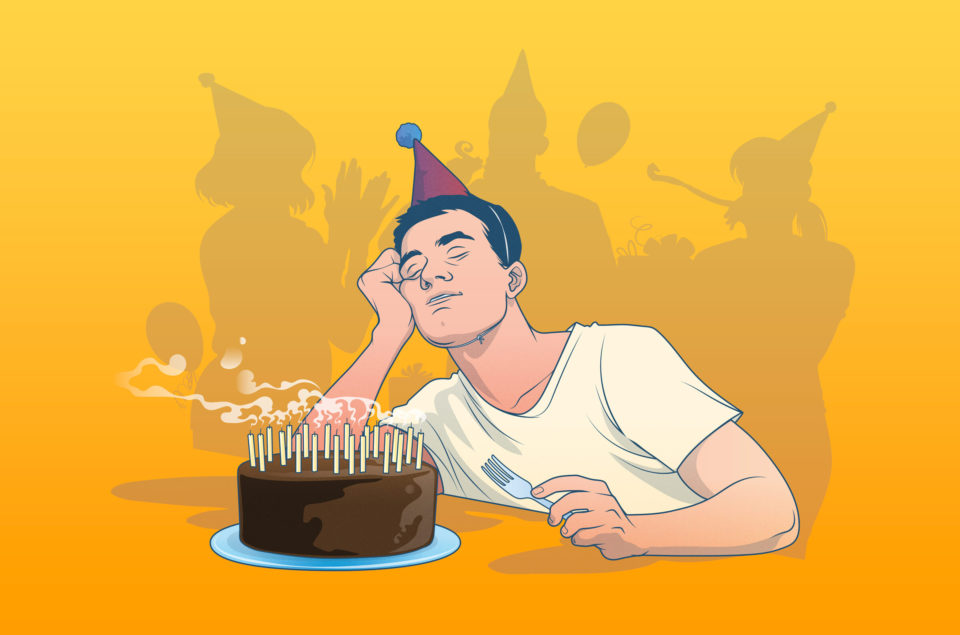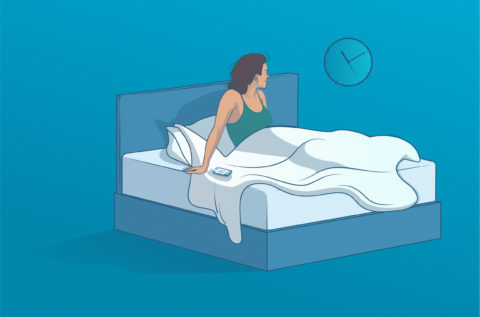The importance of social awareness
Ever nodded off in the classroom? Or at work during an endless powerpoint presentation in the late afternoon? Or perhaps halfway through that string quartet recital you were dragged to. We’ve all been there. And despite the foggy struggle to keep the eyelids up and control a bobbing head, we manage to ride through it, shake it off, so that we at least appear to be interested and alert. We get over it – with minimal interruption and embarrassment – as we carry on with our lives.
Now imagine what it must be like for someone who cannot control the sudden onslaught of drowsiness but surrenders to it completely. Where every day the lines between awake and asleep are frequently and randomly blurred. That’s what life can be like for people with narcolepsy.
Moving beyond the misperceptions
If you have never wondered what it’s like to have narcolepsy, you’re not alone. A recent survey in the U.S. shows that 79 % of the general public have no idea what it must be like to live with narcolepsy. The lack of understanding and misperception of the disorder it partly due to the way narcolepsy is portrayed in media. The same survey reveals that 84% of physicians and 74% of people living with narcolepsy surveyed agreed that social media and entertainment industry have a distorted view of narcolepsy.
Why does this matter? Because greater public awareness and dialogue can really make the difference for people living with narcolepsy – and those who spend years wondering “what is wrong with me” before being properly diagnosed.
Affects daily life
Chances are you know somebody with this sleep disorder. The National Sleep Foundation estimates that narcolepsy affects roughly 1 in 2,000 people – occurring equally in men and women. Symptoms can include excessive sleepiness, sleep paralysis, hallucinations, and in some cases episodes of cataplexy, a partial or total loss of muscle control. Although the symptoms usually first appear in childhood or adolescence, people often face many years before getting a proper diagnosis.
According to the Mayo Clinic, complications of narcolepsy include a public misunderstanding of the condition, such as being perceived as lazy or lethargic. The condition also interferes with intimate relationships since intense feelings can trigger signs of narcolepsy – causing people to withdraw from emotional interactions.
No surprise that this chronic condition can affect many aspects of daily life – from school or work performance to relationships with a partner, family, friends and colleagues. There is no cure for narcolepsy but behavioral and lifestyle modifications can help manage the symptoms for a productive and safe life.
Managing the challenges together
Only by truly understanding narcolepsy can we provide full support, compassion and care for those who need it. The Division of Sleep Medicine at Harvard Medical School stresses the importance of people with narcolepsy being able to work together with family and friends to manage the impacts of the condition on day-to-day living. Teachers at school and colleagues at work also have a vital role to play. Simply put, it’s up to all of us to increase awareness and make a difference. By educating friends and family, communicating with others, maintaining social flexibility and getting involved with a narcolepsy support network, people with narcolepsy are in a stronger position to manage the challenges for a fulfilling life.
Let’s talk about it
So, what can we do to help those with narcolepsy? Learn about it. Talk about it. Provide support. And be there. So that everybody can live and work together – with narcolepsy.
To learn more about narcolepsy, download What Is Narcolepsy?, produced and made available by the Division of Sleep Medicine at Harvard University




